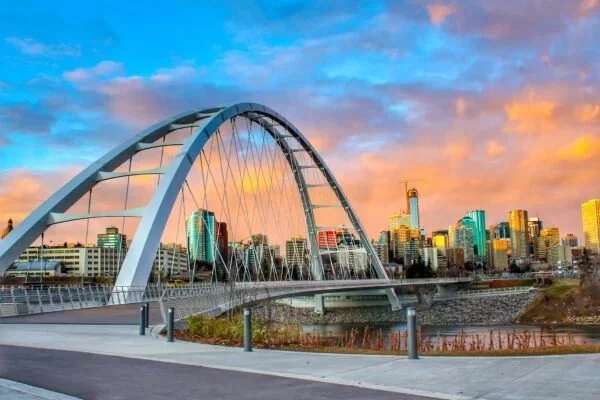Exploring Edmonton’s Culinary Landscape: A Journey Through Food, Culture, and Sustainability
Introducing …“Exploring Edmonton’s Culinary Landscape”
Key Takeaways
Edmonton’s food identity is rooted in land, migration, memory, and adaptation.
The city’s culinary culture spans Indigenous foodways, settler preservation methods, immigrant-owned cafés, and sustainable restaurants.
This five-part series explores the history and future of Edmonton’s kitchens—restaurant, home, and community alike.
Each article highlights the relationship between food, culture, and sustainability on Treaty 6 territory.
Together, these stories show how Edmonton cooks with memory—and builds food systems that can last.
Table of Contents
→ Key Takeaways
→ Table of Contents
→ Where We Are
→ The Flavours That Built This City
→ Why These Stories Matter
Where We Are
Edmonton is a city built at the meeting place of rivers, trade routes, and cultures. It rests on Treaty 6 territory, the traditional and ongoing home of the Néhiyaw (Cree), Niitsitapi (Blackfoot), Métis, Nakoda (Stoney), Dene, Haudenosaunee (Iroquois), and Anishinaabe (Ojibway/Saulteaux) peoples.
This land has supported food systems for thousands of years—through bison hunts, foraging, seasonal fishing, and the deep knowledge of plant and animal cycles. It has also carried the weight of displacement, rationing, residential schools, and assimilation. And yet, food here continues to tell stories of resistance, belonging, and change.
To explore Edmonton’s culinary landscape is to ask: What do we carry? What do we honour? What are we growing toward?
The Flavours That Built This City
The story of food in Edmonton can’t be told in one voice. It lives in smokehouses and root cellars, in dim sum carts and espresso bars, in Indigenous pop-ups and Italian corner stores. It lives in the deep fryer at a Chinese café that’s been open since the ’40s, and in the garden behind a family home on the south side, where someone still grows tomatoes for sauce.
This series brings together five distinct threads of Edmonton’s culinary story—each one grounded in community, geography, and history.
You’ll find the city’s oldest restaurants, still feeding generations. You’ll meet chefs and home cooks leading the way in sustainable dining. You’ll trace Chinese culinary traditions, from railway cafés to banquet halls. You’ll explore Indigenous foodways that are being revitalized in kitchens and classrooms alike. And you’ll walk through Little Italy, where tomato crates and family recipes still line the path from past to present.
Why These Stories Matter
These articles are not restaurant reviews or food trend lists. They’re a way of honouring the labour, love, and legacy behind what we eat in Edmonton. Each one looks at the relationship between culinary traditions and the land that sustains them—how we remember, adapt, and care through food.
In a time of ecological urgency and cultural loss, Edmonton’s kitchens offer another story: one of resilience, rootedness, and renewal.
What we eat here tells us not just who we are—but who we’ve been, and who we might become.











